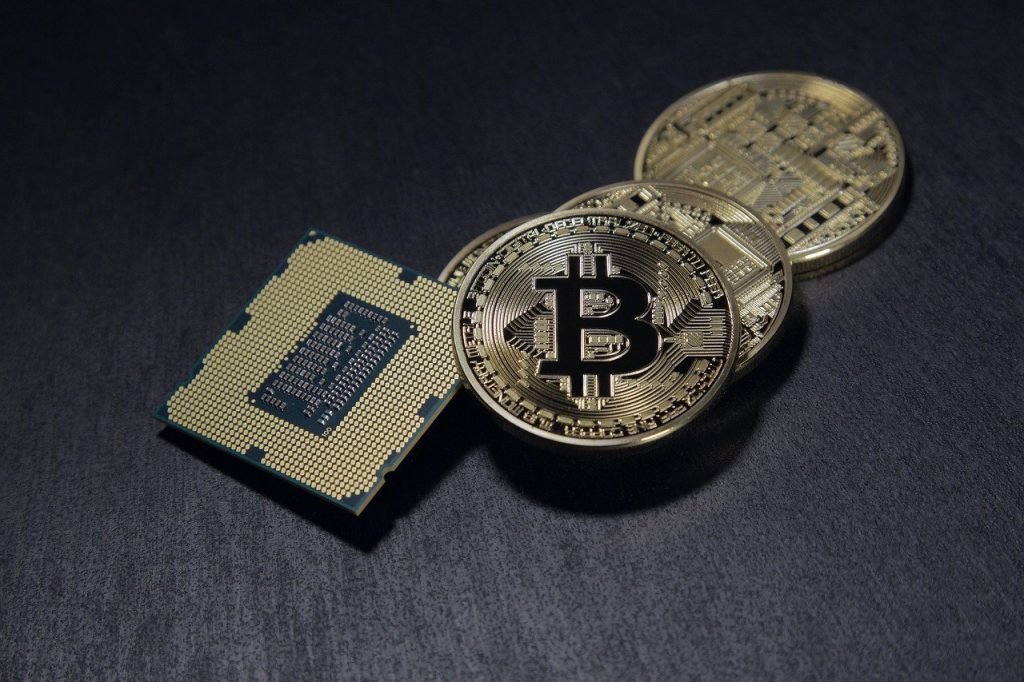As the cryptocurrency market grows, new projects with their own blockchains and tokens are emerging to achieve certain specific goals. Some of them aim to beat Ethereum and offer developers better scalability, little to no fees, and other perks. Others are created to be used exclusively within decentralized applications, such as online casinos or crypto lending services.
Why are there so many Blockchains?
Invented in 2008 and launched a year later, Bitcoin was designed to be a purely peer-to-peer version of electronic cash. Finally, this incredible variety of options leads us to the need to exchange one cryptocurrency for another – just like we exchange dollars, euros, or yen.
Read this guide to find out what methods exist to swap cryptocurrencies, what pitfalls crypto enthusiasts may encounter when trying to do so, and what solution Kriptomat offers to solve these challenges.
Centralized banks and financial institutions have failed the world and caused a worldwide crisis with their endless money printing. This prompted Satoshi Nakamoto to create an alternative means of payment that would not depend on any centralized system, with a unique approach to using computer code that we know as the “bitcoin protocol”.
Later, in 2013, Vitalik Buterin came up with the brilliant idea of “smart contracts” running on top of the blockchain and allowing transactions to be carried out without human intervention. The new Ethereum blockchain platform, which launched 2 years later, has become the foundation of the decentralized economy.
Finally, when the ICO rally nearly crashed Ethereum under the weight of overwhelming demand in 2017, it resulted in the creation of many new startups with the key goal of solving the most painful scalability problem. The lack of a unified environment has resulted in what we have today: dozens of different blockchains and the lack of a simple way to transfer value between them.
You don’t just exchange tokens
So, what’s the problem with transferring funds from one blockchain to another? The world of cryptocurrencies is tricky. When you send bitcoins from one address to another, you should be careful. Make one typo, and your funds will be lost with no chance of recovery. The same will happen if you try to send Bitcoin to an Ethereum address or vice versa.
Since each of these blockchains operates in its own world, there is no easy way to establish connections between them. There are several projects that are working to solve this interoperability problem, such as Polkadot, Cosmos, Chainlink, and others. However, all of them are aimed at developers rather than end users, leaving the latter in a state of frustration.
However, some workarounds have been invented, but each has its own set of obstacles. Let’s take a look at some of the most popular options.
How to Exchange Cryptocurrencies: 3 Ways to Exchange Cryptocurrencies
For the non-tech-savvy user, these are the three most commonly used methods of cryptocurrency exchange: OTC, centralized and decentralized exchanges. Let’s take a look at their advantages and disadvantages.
1. Centralized Exchanges
With the significant rise in popularity of cryptocurrencies over the past years, many centralized exchanges have emerged to meet the demand. They usually compete with each other with the number of trading pairs. When you exchange cryptocurrency, the trading pair allows you to make the exchange at a reduced cost or even for free.
However, such diversity comes at a price. The target audience of such exchanges consists mainly of traders, which means that the platforms adapt their offers according to their needs and do not facilitate the involvement of ordinary people.
The disadvantages of this method are as follows:
- Complicated interface. An unprepared user can easily get lost in the multitude of indicators, charts, orders and other elements.
- Fees, fees and more fees. To make a simple transaction and exchange one cryptocurrency for another, you would have to pay at every stage of your journey – from deposit to final withdrawal. Although centralized exchanges usually declare their terms and conditions explicitly, their opaque nature leaves a lot of room for manipulation. That way, you never know how much you will get in your wallet at the end.
- Complicated KYC procedure. On some exchanges, the verification process is quite difficult and can take days, weeks, or even months before a new user receives account verification.
- Price fluctuations. Since the volatility of cryptocurrencies is quite high, the price of an asset can change even in a short period of time when you conduct a trade. Your order may not be fulfilled and you will have to repeat the procedure again to push the transaction through.
- Regional restrictions. Since cryptocurrencies are still mostly in a gray area, there are many regions that ban exchanges, so finding a platform that works in your region can be challenging.
Decentralized exchanges
DEXs were invented as an alternative to centralized exchanges, and they have indeed managed to overcome some of their problems.
They do not require any verification, as the funds are simply transferred between users’ wallets. As “decentralized”, they do not depend on any central server and are available anywhere in the world.

